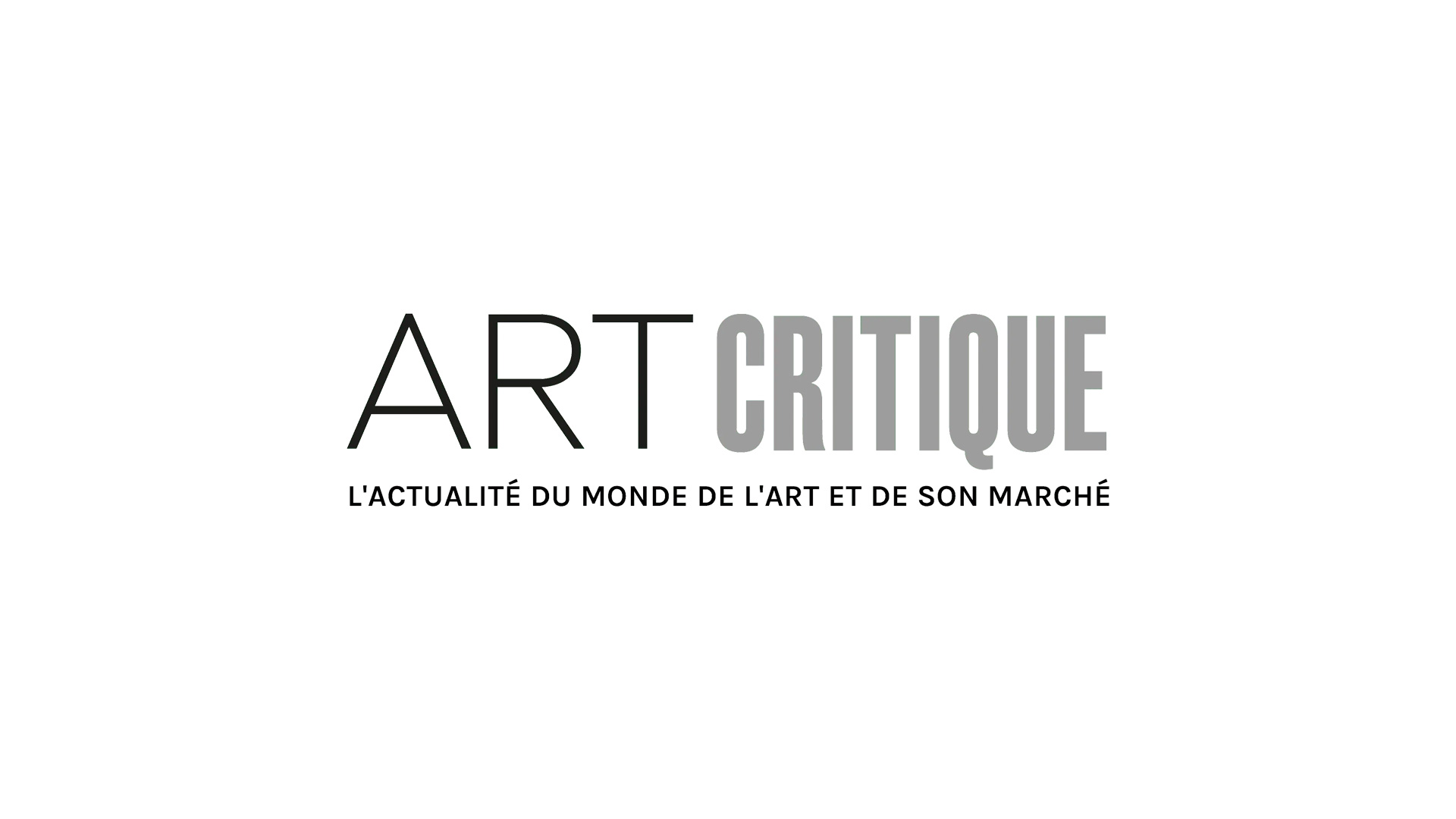Artificial intelligence has been a part of our regular life for decades now. While there is still an air of the technological future to it and a wealth of detractors and those who fear its influence, it has already integrated into our society. And as it has also intermingled with artistic practices for some time now, projects combining the two realms are not a surprising thing to hear of touring internationally. What is surprising is seeing artist-robot Ai-Da detained at the Egyptian border upon suspicion of espionage.
Ai-Da, named for mathematician and pioneering computer programmer Ada Lovelace, is an android created by English gallerist Aidan Meller and Cornish robotic company Engineered Arts. Equipped with two cameras for eyes and a bionic arm capable of fine motoric tasks such as drawing, the robot is well equipped for fine arts and her AI is programmed for sketching, painting, and even sculpting. Ai-Da has wowed the world with her ability to draw representations of people and scenes she views and has been part of the ongoing debate of AI’s place in artistic practices.

She was en route to a momentous exhibition—the first modern art presentation ever at the Pyramid of Giza—when the robot was detained by security at the airport. The customs officers had deemed Ai-Da a potential threat to Egyptian intelligence and had even contemplated removing the robot’s eyes, a fundamental part of her form, in order to ensure their aims. The event was heated and grew quickly in scale with a U.K. ambassador stepping in to attempt to get Ai-Da cleared in time for the exhibition.
While the matter has been cleared with Ai-Da being released—intact—for the event at Giza, and the concerns of the creations use as anything beyond that of artistic endeavours, fundamental questions to the existence of AI-driven art and robotic artists are still swirling.
To what extent is an AI a tool, and to what extent is an artist? As we begin to see more and more nuanced and intricate forms of intelligence exhibited by self-motivated and learning artificial intelligences, in what ways do we see them as autonomous entities with opinions, agency, and rights of their own? Are their works their own, or the works of those that programmed them such that they could and would create?
The question is further complicated when it comes to human intervention in the pieces created; a deal of the art created by her algorithms is then taken and filled in or “finished” by human hands, the extent to which they intervene is ambiguous. It feels disingenuous to claim art as the property of an AI in any flag-waving form of innovative utility if the core of the experience is from a human hand and heart. But it isn’t unfair to state that an intelligence, artificial or not, using thought processes or algorithms contained within that intelligence to make art, holds claim to that which it creates. It doesn’t seem we’re quite at the stage of AIs truly creating feelings and genuine autonomy for themselves, but factoring those additional layers to the question, it becomes all the more complicated and strangely meaningful.
Aidan Meller has stated that the intent of Ai-Da was never to make “good” art, but that this artful AI, with its capability to create, was the goal. Whether people enjoyed or appreciated was entirely secondary. And in that case, it is hard to argue with him that he has succeeded in his endeavour. While there is a lot of spectacle to Ai-Da and how she is exhibited, it is also a milestone in techno-art fusion to see the capabilities of this robotic creator. In many ways, the once far distant dreamed future is here. But the question still is, what does it mean for the art world we know?





